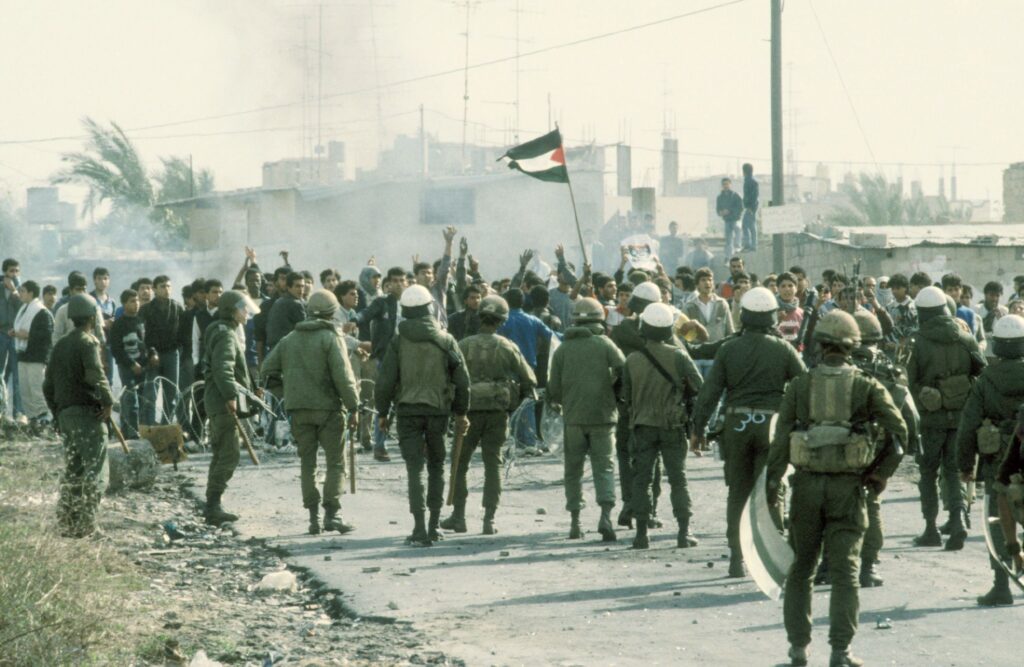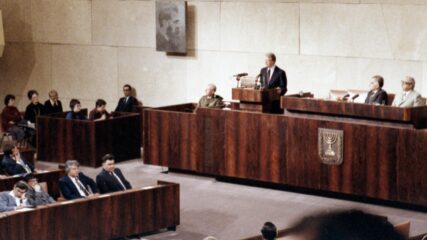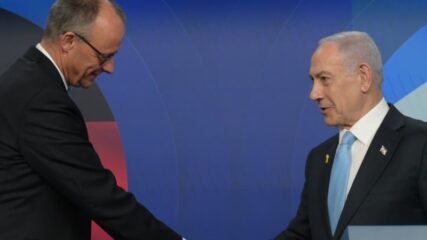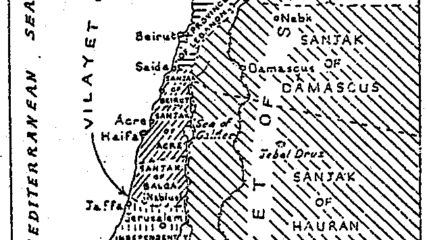June 28, 1991
Kenneth W. Stein, “The Intifada and the Uprisings of 1936-1939: A Comparison of the Palestinian Arab Communities,” in Robert O. Freedman (ed.), The Intifada: Its Impact on Israel, the Arab World and the Superpowers. Florida International University Press, (1991), pp. 3-36.
When comparing the 1936-39 Palestinian uprising in various parts of western Palestine to the present Intifada taking place in the West Bank, the Gaza Strip and East Jerusalem, the most striking conclusion is the large number of general similarities between these two manifestations of Palestinian national consciousness. The two most significant differences between the uprisings, however, are that the Intifada generated a deeper and prolonged Palestinian national coherence across all classes than did its predecessor and that it clarified and crystallized Palestinian opinion which, in conjunction with other events, helped to create a historic compromise in Palestinian public policy. Other major differences between the two uprisings are self-evident. Many pertain to the political environments in which both uprisings unfolded. During the 1936-39 uprising there were no existing U.N. resolutions about Palestine, no Israel, no Israeli Arab population, no Palestinian political organization of the stature and strength of the Palestine Liberation Organization (PLO), no decade-old Egyptian-Israeli peace treaty as a backdrop to an ongoing larger negotiating process, no decision made by the Hashemites in the midst of the uprising to place the responsibility of diplomatic progress on the shoulders of the Palestinian leadership, no willingness by a significant number of leading Palestinian Arab politicians to accept a Jewish state in a portion of Palestine, and no corresponding willingness on the part of an equally important number of Zionist/Israel leaders to assent to the legitimacy of Palestinian national aspirations. Of course, in the 1930s Britain, not Israel, controlled all of mandatory Palestine. And whereas the Palestinian Arab community was then almost totally resident in Palestine, during the Intifada the community was geographically divided and dispersed, with major population segments living in Jordan, Israel and elsewhere.
This chapter focuses primarily on just one variable present in both uprisings, the Palestinian Arab community. In a comparative fashion, participant composition, organizational structures and the political reactions of the Palestinian Arab community are analyzed. By way of introduction, the first part is a composite, which stresses the general similarities between the two uprisings. It should be read as if it could describe either uprising. The second part discusses the Palestinian Arab community. An obvious analytical and methodological constraint is that neither the period during nor the period after the present uprising is complete.
At the writing of this chapter in early 1990, the duration and political outcome of the Intifada are still unknown. Therefore, making fully accurate and judicious juxtapositions between the two Palestinian uprisings is at best problematic. Comparisons made herein are therefore presented with considerable caution and with the severe limitations imposed upon them by the historical analysis of a current event.
Read the Full Article in a Printable PDF








